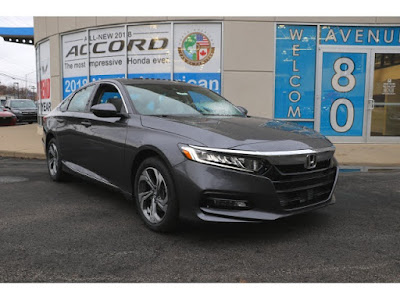Starting in 1960, GM, Ford and Chrysler began building small cars to compete with import makes and models and AMC's fairly successful lineup of smaller cars. Chrysler even went so far as to create a new make of small cars they called "Valiant by Chrysler". However, the venture lasted only one year due to designs that were either too avante-garde or just too weird for most people's taste. Certainly not wanting to abandon the burbling smaller car market, Chrysler folded Valiant into Plymouth starting in 1961; easy enough to do too considering Valiant's were sold along Chrysler's and Plymouth's in the same showrooms in 1960. For 1963, Chrysler massaged out most of Valiant's inherent strangeness and came up with a benign if dorky looking little car. Our subject is a 1964 model.
Where the 1960-1962 Valiant's were obnoxiously expressive, the redesigned cars for 1963 were so bland it was as if the designers were defiant in their steadfast execution of a corporate edict to tone things down. The washed out yellow paint on our subject, black biscuits for tires and faceless, drab wheel covers certainly don't help matters either. At least it has vestigial tail fins but those would be sanded down come Valiant's total redesign to a boxy and even more generic model come 1967.
Chrysler's mid year introduction of an optional 273 cubic inch V-8 engine might have made our subject here an interesting little sleeper but, alas, she has but a 170 cubic inch in line "slant six" making all of 101 horsepower and 155 pounds of torque. Those are SAE gross ratings too so real world numbers are even less. If cars today are only considered amply powered if they can go from zero to sixty in seven seconds or less, imagine one that struggled to hit sixty in more than twice that time if not more. That's not to discount the engineering marvel that was Chrysler's first overhead valve six cylinder engine canted (or slanted) 30 degrees so it could fit under Valiant's hood, but still, 101 horsepower even in the early to mid 1960's was not a lot of go.
Our subject can't win for trying either. It's another example of how most sedan based convertibles don't work aesthetically top up or down. And that's to say nothing of how the chopped top makes the car shake and rattle on the road, the added weight of additional bracing impedes the performance of an already under-powered car and the swirling wind with the top down beats the daylights out of driver and passenger(s). Like I've said time and time again, people like the idea of a convertible but in reality they make miserable daily drivers and are best as weekend cars or even better, as rentals.
Being the son of "Greatest Generation" parents, I was reared on the "Bigger is Better" axiom that "The Big Three" took to the bank for the better part of twenty years after World War II. Coming of driving age during the height of what is referred to as "The Malaise Era" as well, I looked at small cars with contempt - not hard to do given what they looked like back then regardless of the fact they were, relatively speaking, actually pretty good cars.
But they weren't good enough. With questionable designs and even worse execution, it's not hard to see why the Japanese have dominated small cars sales in the United States for the last sixty years. Also no wonder that they have done so well in the midsize market. You could argue that today, in general, American cars are the equal or better of imports and that's great and all but they've done so just as consumer tastes have shifted to "do it all and do everything well" cross over sport utility vehicles. A vehicle segment that continues to boom and is also dominated by imports.

















